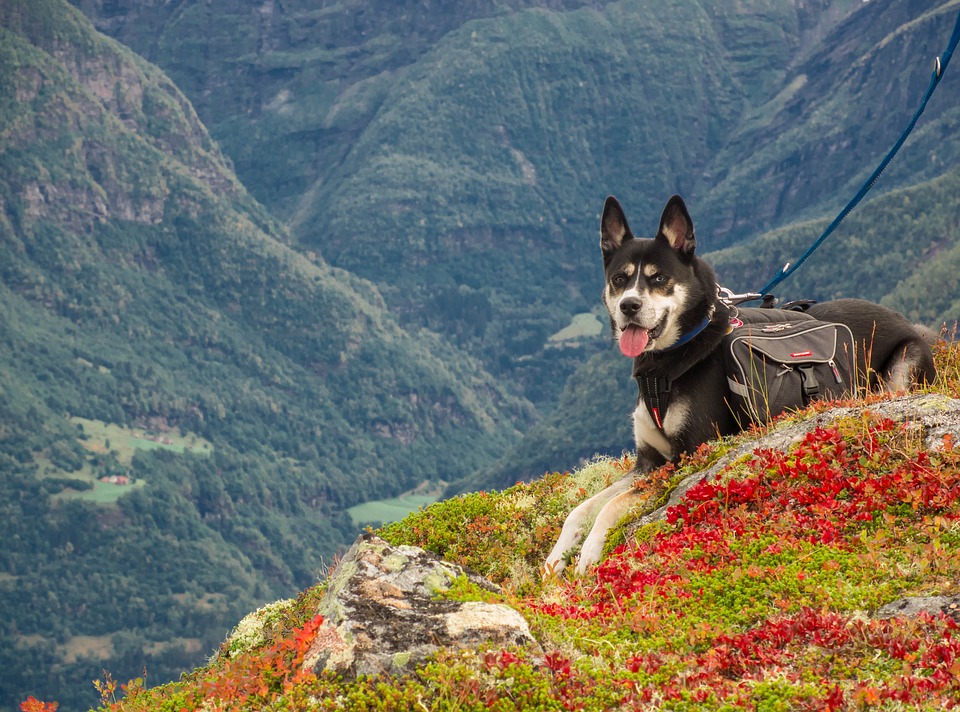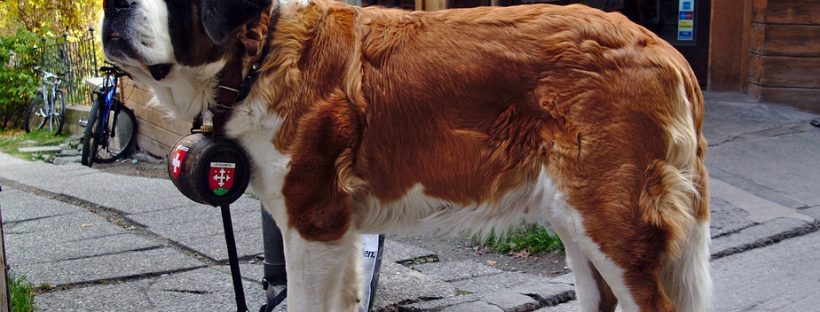The most important aspect of search and rescue dog training is the ability of the dog to respond to commands promptly and without any second of hesitation. Together with police dogs, rescue dogs are among the best-trained canines. They are more than pets or fun companions – they can actually save lives, human lives. Rescue dogs are trained to perfection, since the impact of an unsuccessful rescue dog training method could prove to be disastrous, both for the dog and for those he is trying to save. Special dog training units that pick and help train rescue dogs have strict rules concerning the dog’s training – here is the program the dog and handler must complete, both alone and when joined by other teams:

1. Heel, jog at heel, sit and down at heel.
2. Stay, master out of sight for 5 minutes.
3. Recall from a distance of 15 meters.
4. Stay or down on recall.
5. Sit at a distance of 10 meters.
6. Down at a distance of 10 meters.
7. Finish at heel position.
Search and rescue dog training
Air scenting is an important feature related to search and rescue dog training – this helps the dog and handler locate missing persons. Foot print scents and wind carried scents are essential for searching operations – here is how the rescue dog is trained to improve his air scenting capabilities:
Testing in this profile involves:
1. a search for a concealed person in a rural environment. The search includes bush and open terrain approximately 400 meters by 400 meters. The search is to be completed within 20 minutes.
2. a search for 2 medium sized, well scented articles in a rural area. Articles are concealed about 24 hours before the start of the search. The search area is approximately 200 meters by 200 meters. The 2 articles are to be located within 20 minutes. Hand signals and voice commands are used to direct the dog.
Retrieving and tracking

These are two other important elements related to rescue dog training. Retrieving involves advanced scenting and searching techniques and the main purpose of this characteristic is to allow the dog to retrieve objects belonging to missing persons and thus put the handler on the right track. Missing persons and evidence are also found due to the special tracking abilities of a search and rescue dog. Training involves improving the dog’s ability to react to scents and to follow tracks. The dog has 125 – 200 million olfactory cells, while humans only have around 5 million. The necessary equipment for the tracking dog consists of a non-restrictive harness and a 20 – 25 foot long line, preferably made of leather. The dog is trained to follow a single human scent, disregarding all else.
Rescue dog training techniques are extremely important in all searching, evidence gathering and tracking operations, and no corners are cut while the rescue dog receives training.
